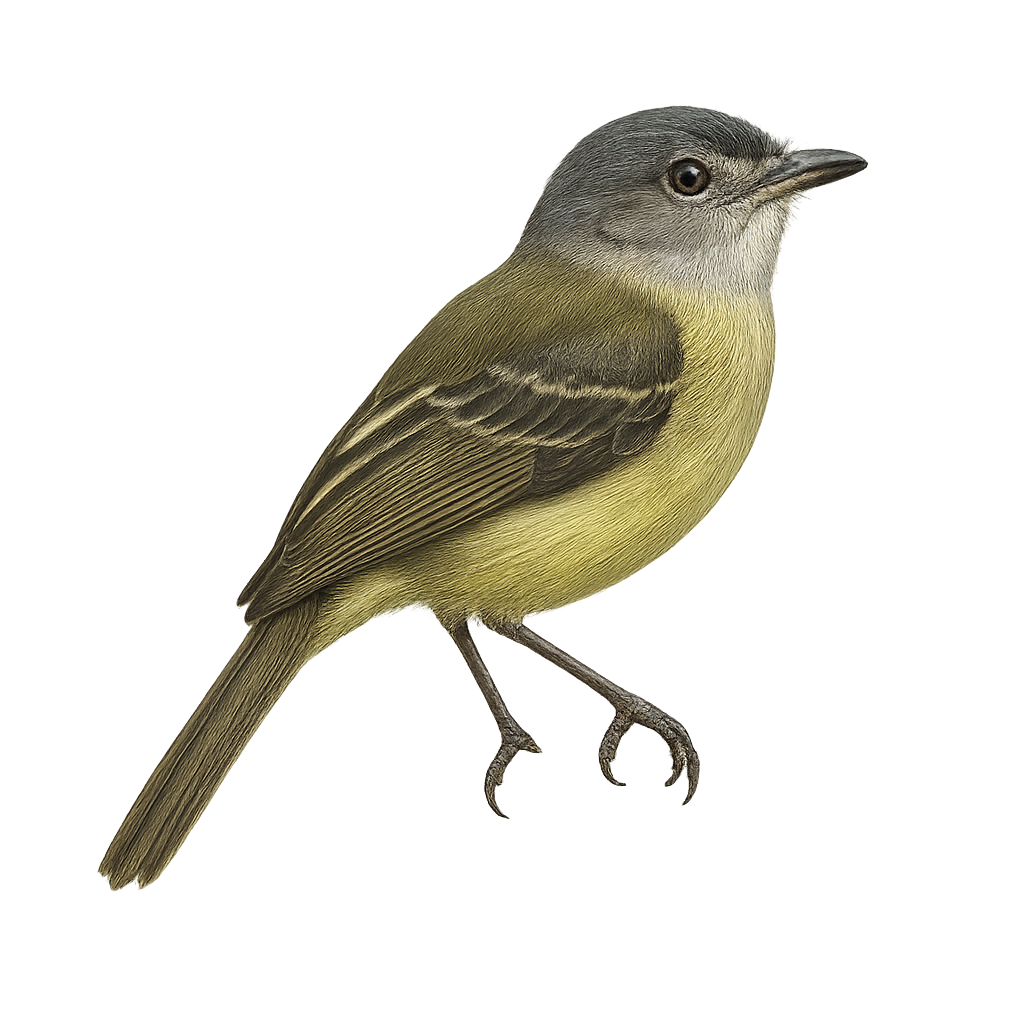Your wildlife photography guide.
Explore the white-browed flycatcher in detail, study its behavior, prepare your shots.
Where to observe and photograph the white-browed flycatcher in the wild
Learn where and when to spot the white-browed flycatcher in the wild, how to identify the species based on distinctive features, and what natural environments it inhabits. The WildlifePhotographer app offers tailored photography tips that reflect the white-browed flycatcher’s behavior, helping you capture better wildlife images. Explore the full species profile for key information including description, habitat, active periods, and approach techniques.
White-browed Flycatcher
Scientific name: Leptopogon superciliaris

IUCN Status: Least Concern
Family: TYRANNIDAE
Group: Birds
Sensitivity to human approach: Suspicious
Minimum approach distance: 5 m
Courtship display: March to April
Incubation: 17-18 jours
Hatchings: March to May
Habitat:
Humid tropical forests, dense undergrowth
Activity period :
Primarily active during the day, with peak activity in the morning and late afternoon.
Identification and description:
The White-browed Flycatcher is a small bird from the Tyrannidae family, primarily found in the humid tropical forests of South America. It is characterized by its olive plumage on the back and white on the belly, with a distinctive white stripe above the eye. This passerine is often seen catching insects in flight, thanks to its agile and swift movements. It prefers dense undergrowth where it can easily hide. Although discreet, its melodious and repetitive song often reveals its presence. It plays an important role in the ecosystem by regulating insect populations.
Recommended lens:
400 mm – adjust based on distance, desired framing (portrait or habitat), and approach conditions.
Photography tips:
To photograph the White-browed Flycatcher, it is advisable to use a telephoto lens of at least 400mm to capture detailed images without disturbing the bird. Look for it in the dense undergrowth of humid tropical forests, where it is often active during the day. Be patient and attentive to its melodious song to locate its position. Make sure to maintain a safe distance of at least 5 meters to avoid disturbing it. Use a tripod to stabilize your camera and achieve sharp images, especially in the low-light conditions of the undergrowth.
The WildlifePhotographer App is coming soon!
Be the first to explore the best nature spots, track rutting seasons, log your observations, and observe more wildlife.
Already 1 432 wildlife lovers subscribed worldwide

